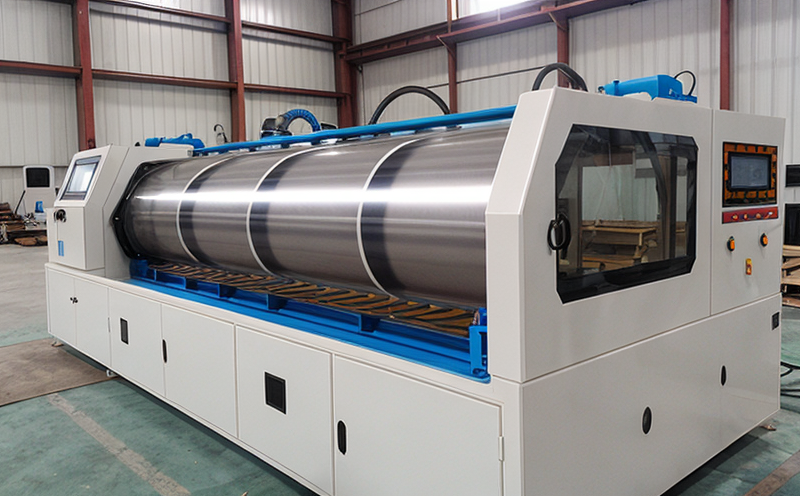JIS L1096 Coated fabrics Strength and tear testing
The JIS L1096 standard is a crucial benchmark in textile engineering, particularly for coated fabrics used in sectors such as automotive interiors, medical textiles, and industrial applications. This service focuses on the strength and tear resistance of these specialized materials. The test assesses how well the fabric withstands stress and tearing forces, ensuring durability under various conditions.
Coated fabrics are composite materials consisting of a base fabric (usually woven or non-woven) coated with a protective layer such as PVC, TPU, or silicone. This coating provides enhanced resistance to abrasion, chemicals, weathering, and other environmental factors. The strength and tear testing is essential for ensuring that these textiles can perform reliably in their intended applications.
The test method outlined in JIS L1096 involves subjecting the coated fabric sample to uniaxial tensile loading until failure occurs. This process evaluates both the breaking strength and tearing behavior of the material under controlled conditions. Understanding the parameters that influence these tests is critical for quality control, ensuring consistent performance across production batches.
The test setup typically includes a tensile testing machine capable of applying precise loads to the sample at defined rates. The specimen preparation involves cutting rectangular specimens from the fabric according to JIS L1096 specifications, which ensure that each sample reflects the properties of the coated fabric as a whole. Proper specimen preparation is vital for accurate and reproducible results.
The test parameters include the type of coating used, the base fabric, and the environmental conditions during testing. For example, some coatings may behave differently under varying temperatures or humidity levels. Understanding these variables helps in tailoring the test to match real-world usage scenarios accurately.
Interpreting the results involves assessing both the breaking strength and tear resistance of the coated fabric. Breaking strength refers to the maximum load a material can withstand before it breaks, while tear resistance measures how well the material holds together when subjected to tearing forces. These metrics are crucial for selecting appropriate materials in various industries.
The test results provide valuable insights into the durability and reliability of coated fabrics. They help manufacturers ensure that their products meet industry standards and perform as expected under specified conditions. This information is particularly important for sectors where material integrity can affect safety or functionality, such as automotive interiors or medical textiles.
Scope and Methodology
| Test Parameter | Description |
|---|---|
| Sample Preparation | Cutting rectangular specimens from the coated fabric according to JIS L1096 specifications. |
| Tensile Testing Machine | Applying precise loads at defined rates until failure occurs. |
| Environmental Conditions | Controlling temperature and humidity to simulate real-world conditions. |
| Data Collection | Recording breaking strength and tear resistance metrics. |
The methodology outlined in JIS L1096 ensures that the tests are conducted consistently, producing reliable and comparable results. Proper sample preparation is crucial for accurate testing, as the specimen's dimensions directly affect the test outcome. The tensile testing machine plays a vital role by applying controlled forces to simulate real-world stress conditions.
Environmental factors such as temperature and humidity can also influence the performance of coated fabrics. By controlling these variables during testing, we ensure that the results reflect how the material will perform under typical operating conditions. This approach enhances the relevance of the test findings for industry applications.
Data collection involves recording both breaking strength and tear resistance metrics accurately. These measurements provide a comprehensive picture of the fabric's performance characteristics. By analyzing these data points, manufacturers can make informed decisions about material selection and process optimization.
Eurolab Advantages
- Expertise in Textile Testing: Our team of experienced professionals ensures that every test is conducted with precision and accuracy.
- State-of-the-Art Equipment: We use cutting-edge tensile testing machines to provide reliable and repeatable results.
- Comprehensive Reporting: Detailed reports are provided, including breaking strength, tear resistance, and environmental impact assessments.
- Industry Insights: Our technical experts offer valuable insights into the latest trends and best practices in textile engineering.
At Eurolab, we pride ourselves on delivering high-quality services that meet or exceed industry standards. Our commitment to excellence ensures that clients receive accurate and actionable test results every time.





